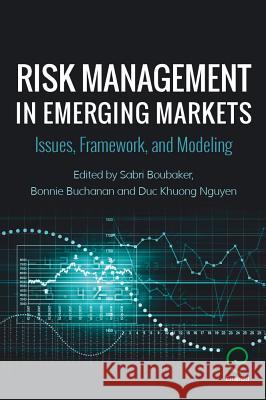Risk Management in Emerging Markets: Issues, Framework, and Modeling » książka
Risk Management in Emerging Markets: Issues, Framework, and Modeling
ISBN-13: 9781786354525 / Angielski / Twarda / 2016 / 752 str.
Academic finance research has shown that emerging markets still suffer from a myriad of risks such as credit, operational, market, legal and exchange rate risks. The onset of the subprime crisis 2007, the global financial crisis 2008-2009, and the Eurozone public debt crisis since the end of 2009 has brought to the light a number of emerging markets facing tumbling currencies, rising inflation, slowing growth, heavy dependence on foreign capital, and high levels of vulnerability to external shocks due to increased market integration. This context calls for not only a reconsideration of recent risk assessment models and risk management practices, but also the improvement and innovation of these models and practices. Factors such as liquidity, tail dependence, comovement, contagion, and timescale interactions have thus to be part of an integrated risk assessment and management framework. This book addresses three main dimensions of risk management in emerging markets: 1) the effectiveness of risk management practices; 2) current issues and challenges in risk assessment and modelling in emerging market countries; 3) the responses of emerging markets to the recent financial crises and the design of risk management models.











